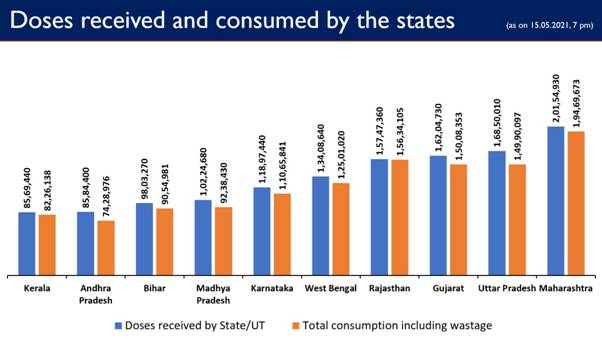Lund University Researchers Discover Potential Protective Factor in Childhood Nutrition
A groundbreaking study from Lund University in Sweden suggests that a high-fiber diet before the age of two may significantly reduce the risk of developing celiac disease later in life. The findings, derived from the large-scale TEDDY cohort study, highlight a particularly strong link between fiber intake before the age of one and a lower incidence of celiac disease.
“This is the first time the risk of celiac disease has been studied based on fiber in children’s diets. But a clinical trial is also needed to possibly confirm this connection,” said Elin Hård af Segerstad, a pediatric dietitian and researcher at Lund University.
The TEDDY cohort study, which has tracked children with a genetic predisposition for autoimmune diseases across Sweden, Germany, Finland, and the United States, followed 6,500 children from birth until at least 13 years of age. Researchers monitored their blood samples for antibodies specific to celiac disease, allowing them to determine when the condition manifested.
Key Findings of the Study
The study, accepted for publication in Gastroenterology, found that children who consumed a high-fiber diet between the ages of 6 and 12 months had a nearly 40% lower risk of developing celiac disease by age 13. This is in contrast to the general risk rate of 7.8 cases per 1,000 person-years among study participants.
The research team initially hypothesized that the type of fiber—whether from fruits, vegetables, grains, or legumes—might influence the risk. However, their analysis revealed that the total proportion of dietary fiber mattered more than its source.
Parents of the participating children provided regular food records documenting their children’s dietary intake. The researchers accounted for factors such as family history of celiac disease and biological sex—both of which influence the likelihood of developing the condition. Notably, celiac disease has a genetic component, and previous studies have shown that girls and women represent approximately two-thirds of all cases.
How Fiber May Influence Celiac Disease Risk
The researchers speculate that dietary fiber supports the development of a healthier gut microbiota during the first two years of life, strengthening the immune system and reinforcing the gut barrier. This early gut health advantage may help prevent the onset of celiac disease in genetically susceptible children.
“That’s our theory, but it’s only speculation. It’s new and exciting to be able to point to a possible protective factor. However, this is an observational study. In order to actively make recommendations that young children should eat a lot of fiber, this needs to be tested in a clinical trial,” Hård af Segerstad emphasized.
The study also noted a beneficial effect in children up to two years old, though the risk reduction was more moderate at 5%. After the age of two, fiber intake no longer appeared to influence the likelihood of developing celiac disease.
Next Steps in Research
While the findings are promising, experts caution against drawing definitive conclusions until clinical trials validate the results. If confirmed, these insights could lead to new dietary recommendations for infants and toddlers, potentially helping to prevent celiac disease in at-risk populations.
Disclaimer: This article reports on an observational study and does not constitute medical advice. Parents should consult healthcare professionals before making dietary changes for their children.
Reference: Elin M. Hård af Segerstad et al, “Early Dietary Fiber Intake Reduces Celiac Disease Risk in Genetically Prone Children: Insights from the TEDDY study,” Gastroenterology (2025). DOI: 10.1053/j.gastro.2025.01.241












